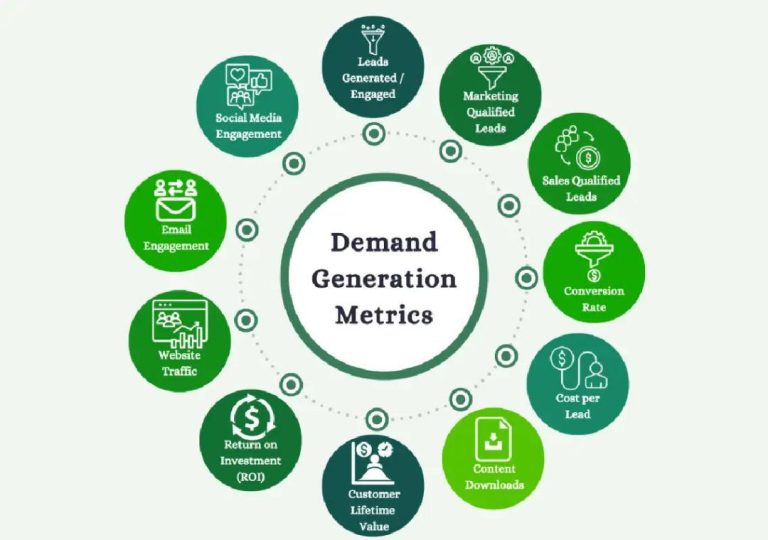
Cloud Migration Can Slow Systems Without Right-Sizing and Tuning
The cloud migration trend is no longer a new phenomenon. Many businesses have already made the move to the cloud, seeking to benefit from increased flexibility, scalability, and cost savings. However, cloud migration doesn’t automatically guarantee improved performance. In fact, poor configuration, unmonitored resource usage, and bloated architecture can lead to performance drops, ultimately slowing down systems.
The truth is, moving to the cloud requires more than just a simple lift-and-shift approach. Businesses that rush into migration without right-sizing their workloads often end up with sluggish systems. In this blog post, we’ll explore why right-sizing and tuning are crucial for cloud success and how continuous optimization can help achieve true cloud benefits.
Common Cloud Migration Mistakes
Before diving into the importance of right-sizing, let’s take a look at some common cloud migration mistakes that can lead to performance issues:
- Lack of planning: Without a thorough understanding of current infrastructure and workload requirements, businesses risk under- or over-provisioning cloud resources, leading to performance issues.
- Insufficient testing: Inadequate testing and validation of cloud migrations can result in hidden performance bottlenecks, making it difficult to identify and resolve issues.
- Unmonitored resource usage: Without proper monitoring and visibility into resource usage, businesses may not be aware of performance issues until it’s too late.
- Bloated architecture: Legacy architectures can be difficult to migrate and may require significant re-architecture to take full advantage of cloud benefits.
The Consequences of Poor Cloud Configuration
Poor cloud configuration can have significant consequences, including:
- Performance degradation: Inadequate resource allocation can lead to slow application performance, frustrating users and impacting business productivity.
- Cost overruns: Unmonitored resource usage can result in unnecessary costs, eating into budgeted resources.
- Security risks: Inadequate configuration can leave cloud environments vulnerable to security threats, compromising sensitive data.
- Inefficient resource utilization: Without proper right-sizing, resources may be wasted, leading to inefficiencies and reduced ROI.
The Importance of Right-Sizing and Tuning
Right-sizing and tuning are critical steps in ensuring cloud success. Right-sizing involves allocating the correct amount of resources to meet workload requirements, while tuning involves adjusting configuration settings to optimize performance. By right-sizing and tuning, businesses can:
- Improve performance: Ensure applications run smoothly and efficiently, improving user experience and productivity.
- Reduce costs: Optimize resource utilization, reducing unnecessary costs and improving ROI.
- Enhance security: Configure cloud environments to ensure security and compliance, protecting sensitive data.
- Increase scalability: Scale cloud resources up or down as needed, adapting to changing business demands.
Continuous Optimization for Cloud Success
Cloud success requires continuous optimization and alignment with actual usage patterns. Regular monitoring and analysis of cloud usage can help identify areas for improvement, ensuring resources are allocated efficiently and effectively. This includes:
- Regular performance monitoring: Continuously monitor application performance to identify bottlenecks and optimize resources.
- Resource optimization: Regularly review and adjust resource allocation to ensure optimal utilization.
- Configuration tuning: Continuously tune configuration settings to optimize performance and security.
- Change management: Implement change management processes to ensure seamless updates and migrations.
Conclusion
Cloud migration is a complex process that requires careful planning, execution, and ongoing optimization. By understanding the importance of right-sizing and tuning, businesses can avoid common pitfalls and achieve true cloud success. Continuous optimization and alignment with actual usage patterns are critical for ensuring cloud systems run smoothly, efficiently, and securely.
In the words of the Growth Jockey blog, “Cloud migration is not a one-time event, it’s an ongoing process. It’s essential to regularly review and optimize your cloud architecture to ensure it remains aligned with your business needs and usage patterns.” By adopting a continuous optimization approach, businesses can unlock the full potential of cloud computing and achieve long-term success.
Source: https://www.growthjockey.com/blogs/cloud-misconceptions-holding-you-back






